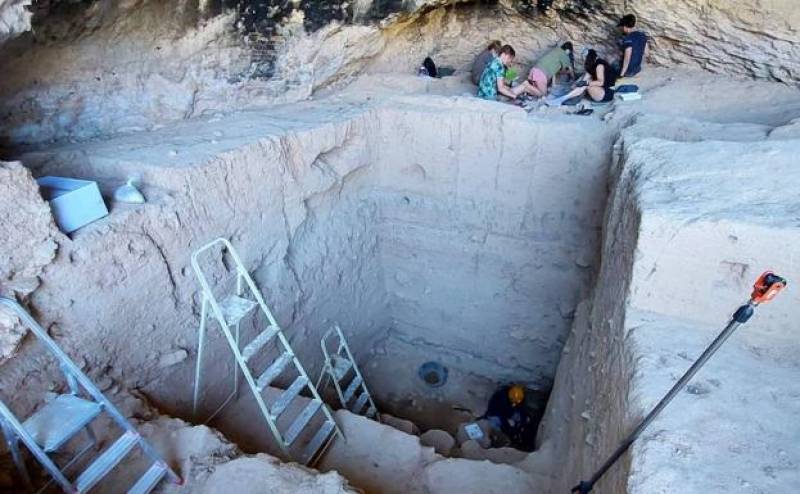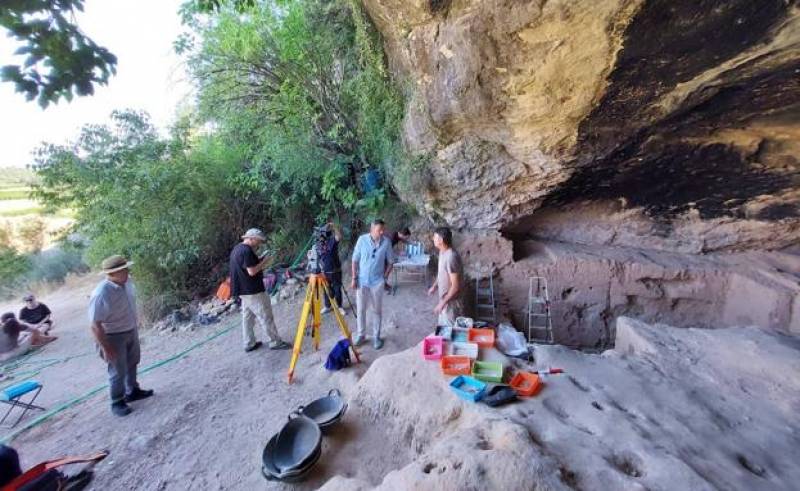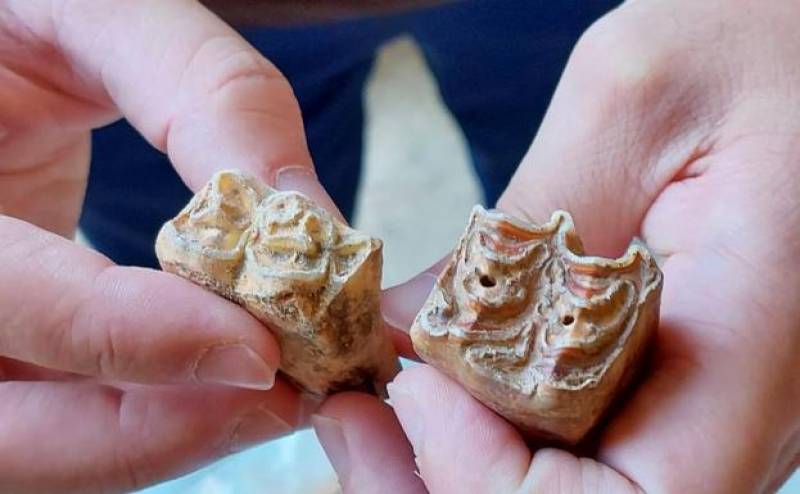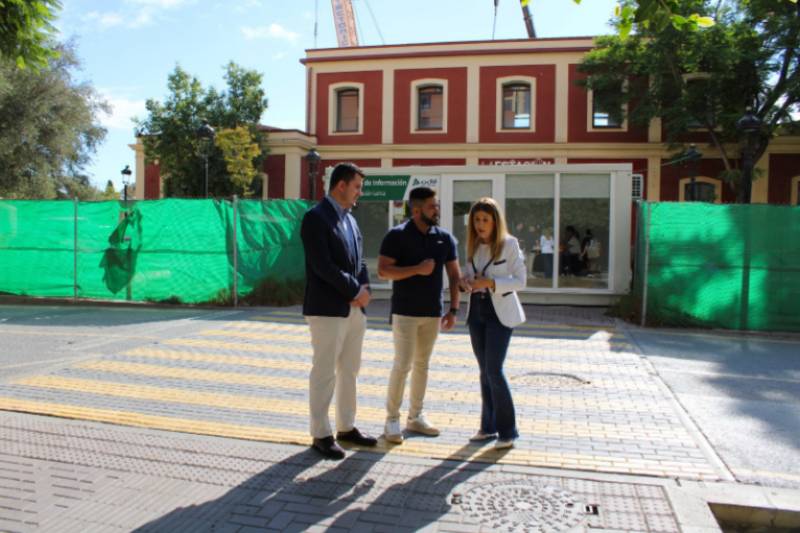- Region
- Águilas
- Alhama de Murcia
- Jumilla
- Lorca
- Los Alcázares
- Mazarrón
- San Javier
-
ALL AREAS & TOWNS
- AREAS
- SOUTH WEST
- MAR MENOR
- MURCIA CITY & CENTRAL
- NORTH & NORTH WEST
- TOWNS
- Abanilla
- Abarán
- Aguilas
- Alamillo
- Alcantarilla
- Aledo
- Alhama de Murcia
- Archena
- Balsicas
- Blanca
- Bolnuevo
- Bullas
- Cañadas del Romero
- Cabo de Palos
- Calasparra
- Camping Bolnuevo
- Campo De Ricote
- Camposol
- Canada De La Lena
- Caravaca de la Cruz
- Cartagena
- Cehegin
- Ceuti
- Cieza
- Condado de Alhama
- Corvera
- Costa Cálida
- Cuevas De Almanzora
- Cuevas de Reyllo
- El Carmoli
- El Mojon
- El Molino (Puerto Lumbreras)
- El Pareton / Cantareros
- El Raso
- El Valle Golf Resort
- Fortuna
- Fuente Alamo
- Hacienda del Alamo Golf Resort
- Hacienda Riquelme Golf Resort
- Isla Plana
- Islas Menores & Mar de Cristal
- Jumilla
- La Azohia
- La Charca
- La Manga Club
- La Manga del Mar Menor
- La Pinilla
- La Puebla
- La Torre
- La Torre Golf Resort
- La Unión
- Las Palas
- Las Ramblas
- Las Ramblas Golf
- Las Torres de Cotillas
- Leiva
- Librilla
- Lo Pagan
- Lo Santiago
- Lorca
- Lorquí
- Los Alcázares
- Los Balcones
- Los Belones
- Los Canovas
- Los Nietos
- Los Perez (Tallante)
- Los Urrutias
- Los Ventorrillos
- Mar De Cristal
- Mar Menor
- Mar Menor Golf Resort
- Mazarrón
- Mazarrón Country Club
- Molina de Segura
- Moratalla
- Mula
- Murcia City
- Murcia Property
- Pareton
- Peraleja Golf Resort
- Perin
- Pilar de la Horadada
- Pinar de Campoverde
- Pinoso
- Playa Honda
- Playa Honda / Playa Paraíso
- Pliego
- Portmán
- Pozo Estrecho
- Puerto de Mazarrón
- Puerto Lumbreras
- Puntas De Calnegre
- Region of Murcia
- Ricote
- Roda Golf Resort
- Roldan
- Roldan and Lo Ferro
- San Javier
- San Pedro del Pinatar
- Santiago de la Ribera
- Sierra Espuña
- Sucina
- Tallante
- Terrazas de la Torre Golf Resort
- Torre Pacheco
- Totana
- What's On Weekly Bulletin
- Yecla


- EDITIONS:
 Spanish News Today
Spanish News Today
 Alicante Today
Alicante Today
 Andalucia Today
Andalucia Today
ARCHIVED - First post-pandemic dig at Cueva Negra in Caravaca unearths more exciting pre-Neanderthal findings
Scientists have discovered more evidence the prehistoric site in the Region of Murcia was inhabited 900,000 years ago

For three decades, archaeologists have been carrying out annual digs at Caravaca de la Cruz's Cueva Negra (Black Cave) and the first post-pandemic excavation campaign, which began a few weeks ago, has provided scientists with yet more evidence of human occupation in the area 900,000 years ago.
Scientists from around the world have discovered remains of extinct species and utensils, and revealed their exciting finds during a special tour attended by Caravaca Mayor, José Francisco García, on Wednesday July 20.
"At the foot of the prehistoric site, one of the most important in Europe, the remains of various fauna have been discovered, mostly extinct species, as well as tools made by man about a million years ago," explained archaeologist and co-director of the excavation, Mariano López.
The remains unearthed by the team of the 31st Palaeoanthropological and Archaeological Excavations Campaign include fragments of the antlers of 'Megaloceros novacarthaginiensis' (a large deer, similar to the elk), as well as bones from bison, rhinoceroses, hyenas, horses and turtles.
In addition, they discovered findings related to the lithic industry.

"It is precisely the presence of these tools made of flint, as well as the faunal remains in which the cut marks are clearly visible, which indicates that they were consumed by hominids and this attests to the human presence in the oldest levels of Cueva Negra," López pointed out.
And the range of stone carving techniques, together with the mastery of fire and the exploitation of mineral and biological resources present in the Alto Quípar and Rambla de Tarragoya, offer an "important insight into the manual dexterity, technical aptitude, and above all, the cognitive versatility of the inhabitants of this site almost a million years ago".
"In these deeper excavation levels we have been able to confirm what we already suspected after the 2019 campaign and that is that, at least in the last moments of occupation documented in the cave, it was frequented by both hominids and hyenas, with traces of the activities of these two species alternating in the fossil record," added López
Excavations over the last 30 years have yielded valuable information about early hominids. The findings prove the cave was frequented by humans who left traces of their presence in the form of fire remains and a hand axe, both of which are the oldest in Europe.

This Palaeolithic site has thrown up evidence of ancient humans who probably belonged to the extinct species of Homo heidelbergensis that inhabited Europe between 150,000 and 900,000 years ago in the Pleistocene; ancestors of 'Neanderthal Man' or 'Homo neanderthalensis' who lived in Europe between 40,000 and 150,000 years ago.
Prior to excavations at Cueva Negra 30 years ago, there had been no findings of fire remains or a Palaeolithic assemblage including an 'Acheulean' hand axe in Early Pleistocene sediments in Europe.
The site has also revealed some of the first discoveries of Palaeolithic flint, limestone and quartzite which are present in all of the excavated layers of sediments that reach a depth of five metres.
Now read: Body of missing Lorca man found wedged between two houses 200 metres from his home
Images: Ayuntamiento de Caravaca de la Cruz
Sign up for the Spanish News Today Editors Roundup Weekly Bulletin and get an email with all the week’s news straight to your inbox
Special offer: Subscribe now for 25% off (36.95 euros for 48 Bulletins)
OR
you can sign up to our FREE weekly roundup!
Read some of our recent bulletins:
Discount Special Offer subscription:
36.95€ for 48 Editor’s Weekly News Roundup bulletins!
Please CLICK THE BUTTON to subscribe.
(List price 3 months 12 Bulletins)
Read more stories from around Spain:



































